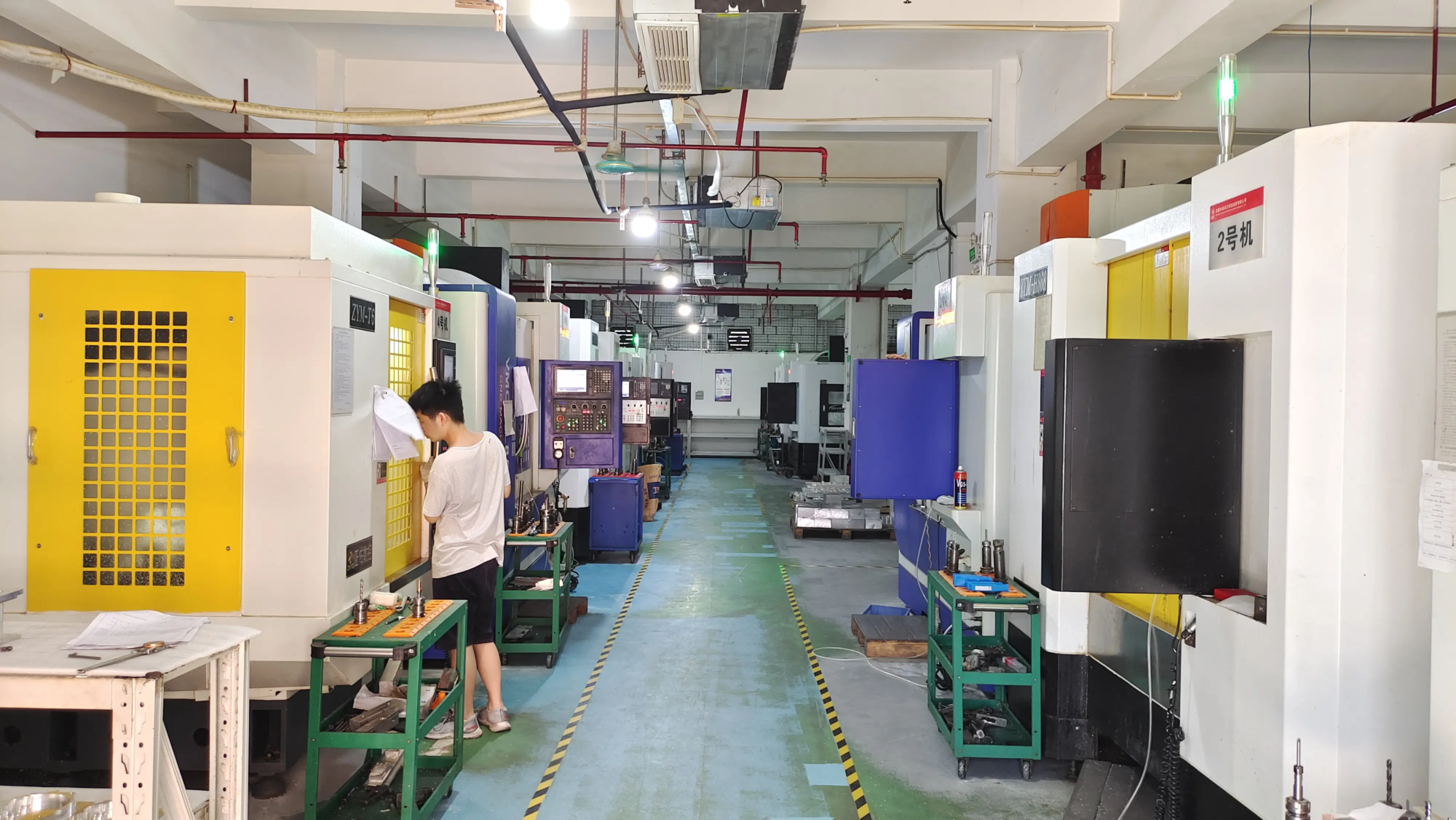On February 7, 2025, the People’s Daily Overseas Edition published an article entitled “Can the force of a 3D printed house withstand an earthquake?》, A detailed report on a seismic test of a 3D printed house. The experimental results show that this concrete earth model printed in 3D managed to pass time and to collapse) (extremely strong.
The experience was carried out at the scientific and technological park of the Institute of Engineering Mechanics (Institute of Engineering and Technology of the Administration of earthquakes in China). The research team consists of experts in the fields of intelligent construction, the structure of the building and the seismic engineering resistance. Teachers and students at Zhejiang University, Dalian of Technology and Institute of Engineering participated in the entire process. The 3D printed house model tested was built by the team of the Associate Professor Sun Xiaoyan of the Architectural Engineering School of the University of Zhejiang. The prototype is located in the city of Fangzhuang, in the county of Gucheng, in the province of Hebei. Due to its unique construction method, it has become a local “attraction” after completion.
The main question of the research team is: “Is the 3D printed house solid?” To answer this question, Sun Xiaoyan’s team, with Lingcrete Technology (Hangzhou) Co., Ltd. And other institutions, has calculated and analyzed the seismic performance of the building by three -dimensional digital modeling. Theoretically, the building has excellent seismic resistance, but for additional verification, they decided to conduct real seismic seismic experiences on the vibration table.
This experience uses the most advanced three and six degree vibration table in China, which can simulate horizontal, vertical and rotary vibrations at the same time, and set up six earthquake conditions. Seven tests are carried out in each operating condition to gradually increase the intensity of the earthquake until the structure of the building is damaged. The selected seismic waves forms include the Tangshan seismic wave, the Shandong seismic wave and the seismic Wenchuan Wolong, which load six, seven, eight and nine seismic degrees to test resistance to the earthquake of the building.
Throughout the experience, the main structure of the house was not damaged in the six -degree earthquake conditions; Although cracks appear in the conditions of earthquake to seven degrees and eight degrees, the structural framework did not affect the global structure and has remained intact; The cracks penetrated through the wall in the conditions of earthquake with nine degrees, but the structure of reinforced concrete remained intact and did not collapse or serious damage. Experimental results prove thatThis 3D printed house has managed to take the test of extreme earthquakes. The research team then added 1 ton of counterweight to test its ultimate seismic resistance more. The results have shown that cracks did not affect the internal reinforced concrete frame and that seismic resistance was always excellent.
Sun Xiaoyan believes that 3D printed concrete buildings have the characteristics of “transformers”: thanks to digital construction, additive manufacturing and prefabricated assembly, they can be quickly constructed and adapted to the needs of a diversified architectural design; The wall contains the cavity, and the steel frame in mesh forms a reinforced concrete structure, which improves seismic resistance and improves safety and sustainability. She pointed out that in rural areas, 3D printed houses will become an ideal solution for the future construction of housing due to poor seismic resistance and a work shortage. However, as an emerging construction technology, 3D -printed concrete houses still require professional certification and additional practical tests. The excellent performance of this experience undoubtedly gives confidence in subsequent research and industrial promotion.
It is understood that this 3D printed house prototype covers an area of 400 square meters and is developed jointly and built by the intelligent construction team of Zhejiang University, as well as LingCong technology, Guanli technology and the Cornerstone Additive Society.
This experience checked the stability of 3D -printed concrete houses under strong earthquakes, proving that they can be one of the architectural solutions in areas subject to earthquakes. With additional research, 3D printed houses should become a new direction for the construction of urban and rural housing in the future. They will not only improve construction efficiency, but will also improve the resistance and safety of house disorders, providing new technical support for rural construction and post-pastrophe reconstruction.





